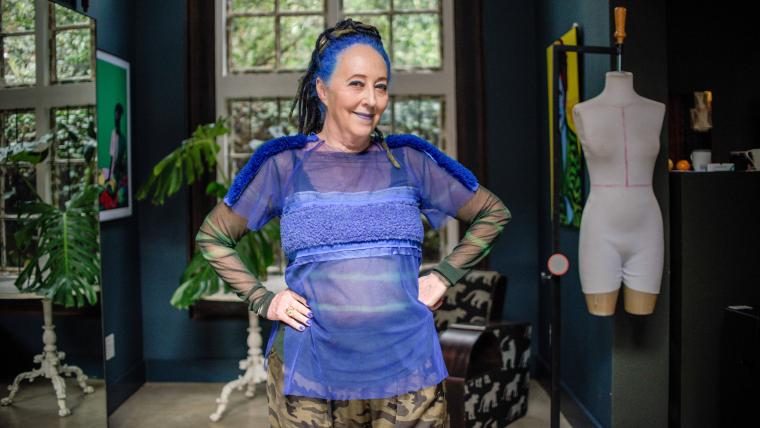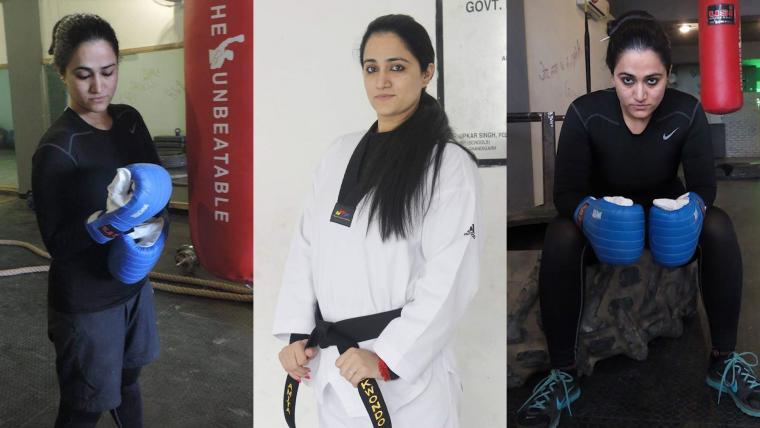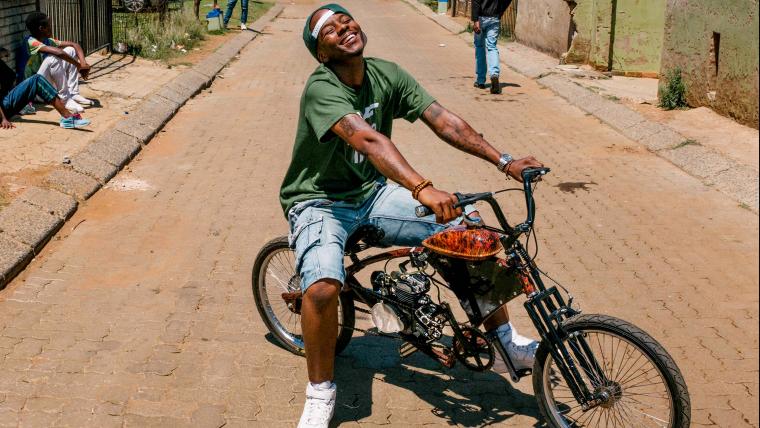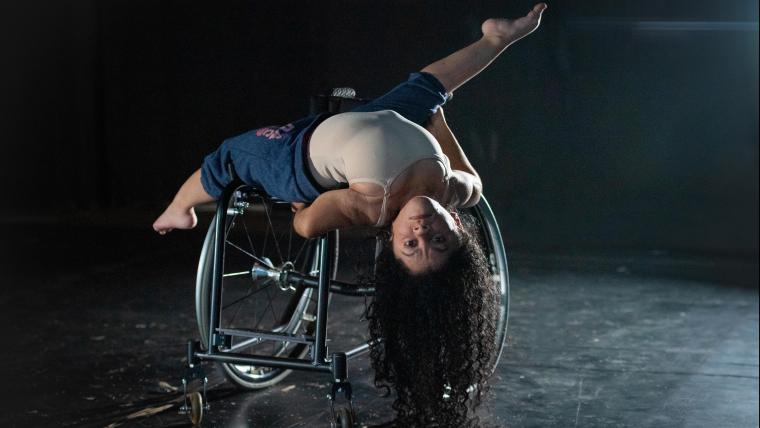
Challenging the status quo, one leopard-print sequin at a time
Caught up in a whirlwind of colour, texture and patterns, Marianne Fassler is doing what she does best. And it’s not just creating striking couture. For years she’s been turning the South African fashion industry on its head, beginning with a controversial show in 1976 that featured only black models. Today, she continues to use her otherworldly creations to challenge the status quo. Going against the fast-paced frivolity of her trade, she crafts clothes that don’t follow expectations, instead making anti-fashion with the aim of empowering women.
Fassler’s frocks are made with sustainability in mind. The clothing industry, rather than providing for a basic need, has become one of the world’s biggest contributors to waste. What starts off as a must-have item is soon swept off the rails and into the sale bin, while badly-made knockoffs populate chainstores. “I really want people to be aware of our disposability of fashion,” Fassler says. Rather than pandering to fleeting trends, Fassler designs garments made to wear and keep, retaining a sense of authenticity that makes her brand inimitable. “I believe real fashion is created on the street. It really expresses what’s going on around you,” Fassler says. Taking her cue from Africa and its people, Fassler uses her clothing as a medium of communication. In doing so, she uses fabric and thread to create layers of culture, history, activism and social expression.
Fassler’s craft and her methods don’t exist in a vacuum. Rather, she uses fashion as a vehicle to bring people together and share in an experience. Leopard Frock studio, an extension of her Johannesburg home, buzzes with the energy that flows from her to the people she works alongside. “I have supported so many women through my business. Upskilling, helping me create these wonderful garments, without them, without their contribution, my business would be nothing,” she says. Together, they’re creating a timeless reflection of South Africa and leaving a legacy of empowerment through fashion.
Photographs by Zander Opperman were used in the creation of this film.






























Please sign in to leave a comment